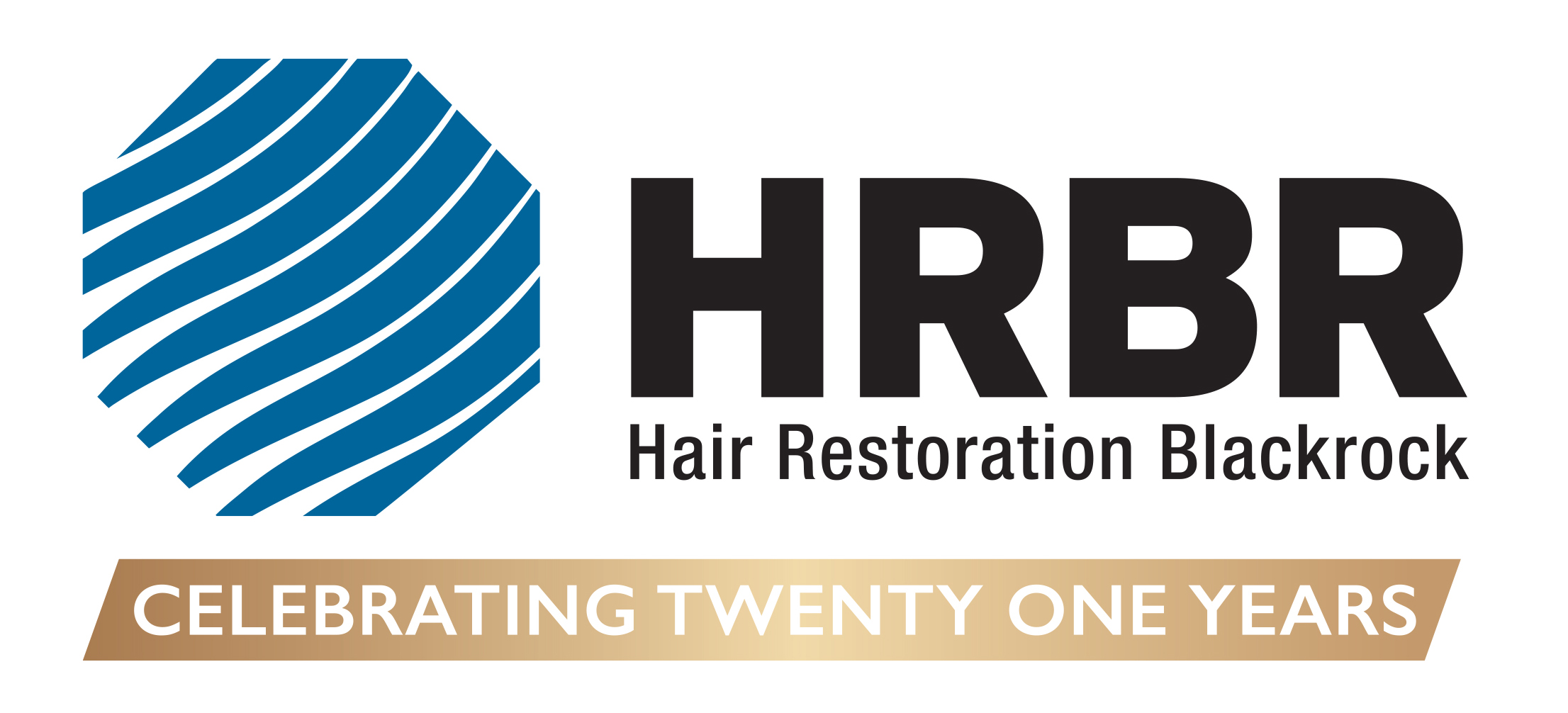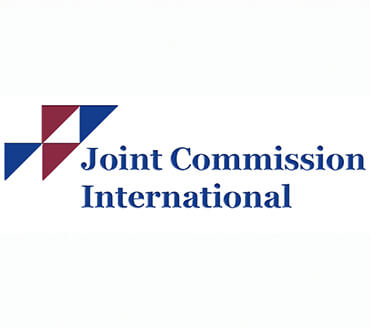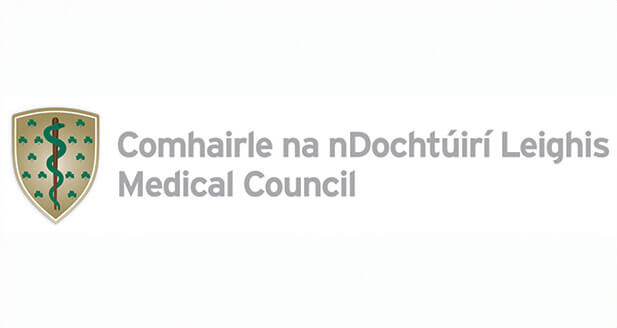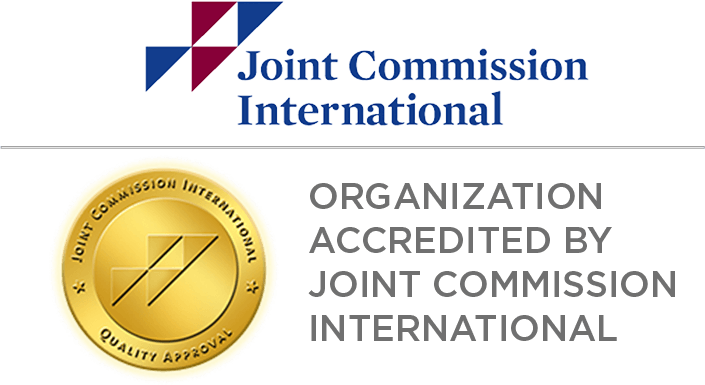This is often one of the first questions someone will ask when they start to research hair loss treatments. The simple answer is yes. For patients suffering from male and female pattern hair loss (androgenetic alopecia), in almost 100% of cases, hair that is taken from the donor region will successfully grow in the recipient area.
Transplanted hair generally, if taken from the appropriate donor area and transplanted correctly, should grow on a patients scalp for the remainder of their life without the need for medications or shampoos to maintain it.
The success of a hair transplant depends on several factors, including the skill and expertise of the team, the quality and availability of the donor hair, and the patient’s individual characteristics and expectations. Generally, candidates with good donor hair density and realistic expectations tend to have more favourable outcomes.
Reasons for Poor Growth of Transplanted Hair
Patients with Alopecia Areata or Scarring Hair Loss
Patients that are suffering from another underlying hair loss condition such as alopecia areata or a scarring hair loss such as frontal fibrosing alopecia are often not suitable for hair transplantation. If these conditions are not properly diagnosed prior to surgery then the transplanted hair is unlikely to grow successfully and precious donor hair will have been lost. This is why the initial consultation with a qualified doctor is so important in diagnosing the cause of hair loss prior to surgery.
Harvesting Hair from Outside the Safe Donor Area
When clinics harvest hair from outside of the safe donor region this hair may be affected by the hair loss process in the future and this transplanted hair may be lost. The donor area is the area around the back and sides of the scalp that is not affected by the balding process. Every patients donor area will differ in size and the number of grafts available for transplantation. This is again why an in depth initial consultation process is important prior to surgery to ensure the transplant is planned correctly.
Care of the Hair Grafts
Another element that will affect the success of the transplant is the care given to the hair grafts during the hair transplant. Hair grafts that are transected (cut above the root), that are poorly handled or allowed to sit outside of the body for excessive periods may not grow successfully in the recipient area. This is why each hair graft must be treated with great care during the transplant. At HRBR we employ a large team of nurses and technicians to ensure that the grafts are carefully handled and transplanted as swiftly as possible back into the patient’s scalp.
Hair Loss Affecting the Donor Area
Hair transplants are considered a permanent solution since the transplanted hair is usually resistant to the hormone dihydrotestosterone (DHT), which is responsible for male pattern baldness. However, in some very rare cases a patient’s donor area may eventually become susceptible to the balding process. If this does occur in the future some of the transplanted hair may be lost. This in our experience has been a very rare occurrence.
Assessing the Results of a Hair Transplant
Results of a hair transplant are generally assessed 12 – 18 months following surgery when the transplanted hair has grown. Trying to determine the results of a hair transplant prior to 6 months is not possible as it takes a minimum of this amount of time for the transplanted hair to start to appear on the patient’s scalp.
If you are considering a hair transplant, it is essential to consult with a qualified and experienced hair restoration doctor to determine if you are a suitable candidate, to discuss the potential risks and benefits of the procedure and to carefully plan your procedure to ensure the best outcomes.
For more information on hair hair loss or when you are ready to proceed with a hair transplant consultation the team at HRBR are ready to assist. Contact the team on 00353 1 209 1000 or info@hrbr.ie









